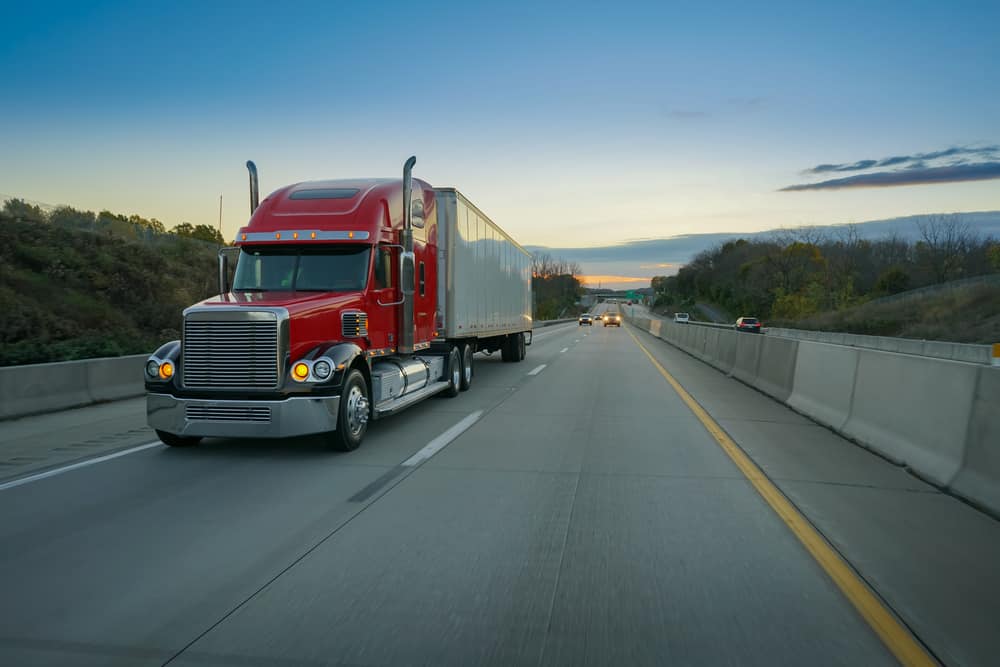
A year has passed since the electronic logging device (ELD) mandate came into force; fleets and drivers are now more accepting of the regulations, and have made their peace with running ELDs in their trucks. That said, the next large-scale disruption in the segment is near, as fleets that run AOBRDs will now have to make their shift towards ELDs. The automatic onboard recording devices (AOBRDs), are the precursors of the ELDs and fleets that run them will have to switch over to ELDs by December 16, 2019.
Ken Evans, the CEO of Konexial, a leading ELD solutions provider, said that the actual number of fleets and owner-operators that have implemented the ELD technology was much lower than actually thought.
“So instead of a three-quarter million to a million ELDs that were thought to have been installed, it is probably more likely between 300,000 to 400,000 in total,” said Evans. “However, the extent of change that is going to happen in the second half of this year is substantial, as fleets will phase out the AOBRD technology and somewhere between 2-2.5 million trucks will have to upgrade.”
Other factors will also have a significant bearing on how tracking and reporting happen as we move forward. For instance, several businesses within the industry are just waking up to the fact that 3G networks are going away, which would stop them from tracking trucks using cellular technology. Evans pointed out that this should push the industry to act fast in upgrading technology on the cab.
“If you haven’t installed hardware on the truck within the past 24 months, the likelihood of it being upgradeable with over-the-air updates is very low. We think that there is a lot of hardware that is going to be replaced in the second half of this year,” said Evans.
One of the much-touted benefits of having an ELD is that the device can help reduce accidents by reducing driver distraction. While this is likely an exaggeration, what ELDs can do is to make sure drivers toe the line with regard to regulations on the hours of service rules that FMCSA has deemed necessary to address driver fatigue and rest-related issues.
“The ELD, in and of itself, is not going to improve driver safety, but will enforce the rules that need to be followed. Some of the recent studies that came out have opined that ELD is not improving the situation, but what they’ve missed adjusting to is the level of business activity over the years,” said Evans. “Last year was a high-water mark year for truck activity, and by not adjusting to it, arriving at a decision on whether ELD improved safety is not possible.”
Evans mentioned that ELDs hold a lot more promise than to being cited for the improvement of truck safety conditions. “With ELD, we bring state-of-the-art telematics data to fleets. This data goes well beyond what’s required in the ELD rule, which is about reporting on speed versus posted limits, rapid acceleration and hard-braking events,” he said. “It is important to distinguish between what is required for the regulation versus what can be considered as secondary benefits.”
ELD was primarily designed to act as a time card, tracking the amount of time a driver spends in each of the statuses, making sure that he is in line with the driving hour limits – both for the day and for an entire weekly cycle. What could be a significant change for users of AOBRDs shifting to ELDs, is that ELDs update driver timesheets by directly interacting with the truck. In AOBRDs, drivers have the flexibility to manipulate timesheets, which will no longer be possible with an ELD on the cab.
“And because we have telematics on the truck, we can take measurements as frequently as we require to design our business systems. In Konexial’s case, we can record data every minute on what is happening in the truck – its location, velocity, diagnostic codes or safety events that occurred on the truck. It is a near real-time picture on what is happening,” said Evans.
This constant data relay can help fleets understand driver behavior like reckless acceleration and frequent hard braking characteristics, and help them improve their driving, which will translate into lower operational and maintenance costs. “Fleets can build a baseline based on driving history, and compare drivers within the fleet which can help structure a coaching session for individual drivers,” said Evans.
“I call this the democratization of telematics technology. With the price of hardware falling by nearly 50 percent over the years, it is not just the bigger fleets that can use data to improve their operations,” said Evans. “Small- and medium-sized fleets are starting to understand all the data that their systems can produce and how it can positively impact their fleet safety and in driving higher profit.”
The rise of ELD systems and telematics is slowly disrupting the way insurance is priced and sold. Insurance companies can now look at risk profiles of fleets on an individual level, and structure their insurance plans based on the number of risk-related events that a driver or a truck was part of historically. “Five years down the road, I don’t think you will be able to get insurance without this data,” said Evans.










